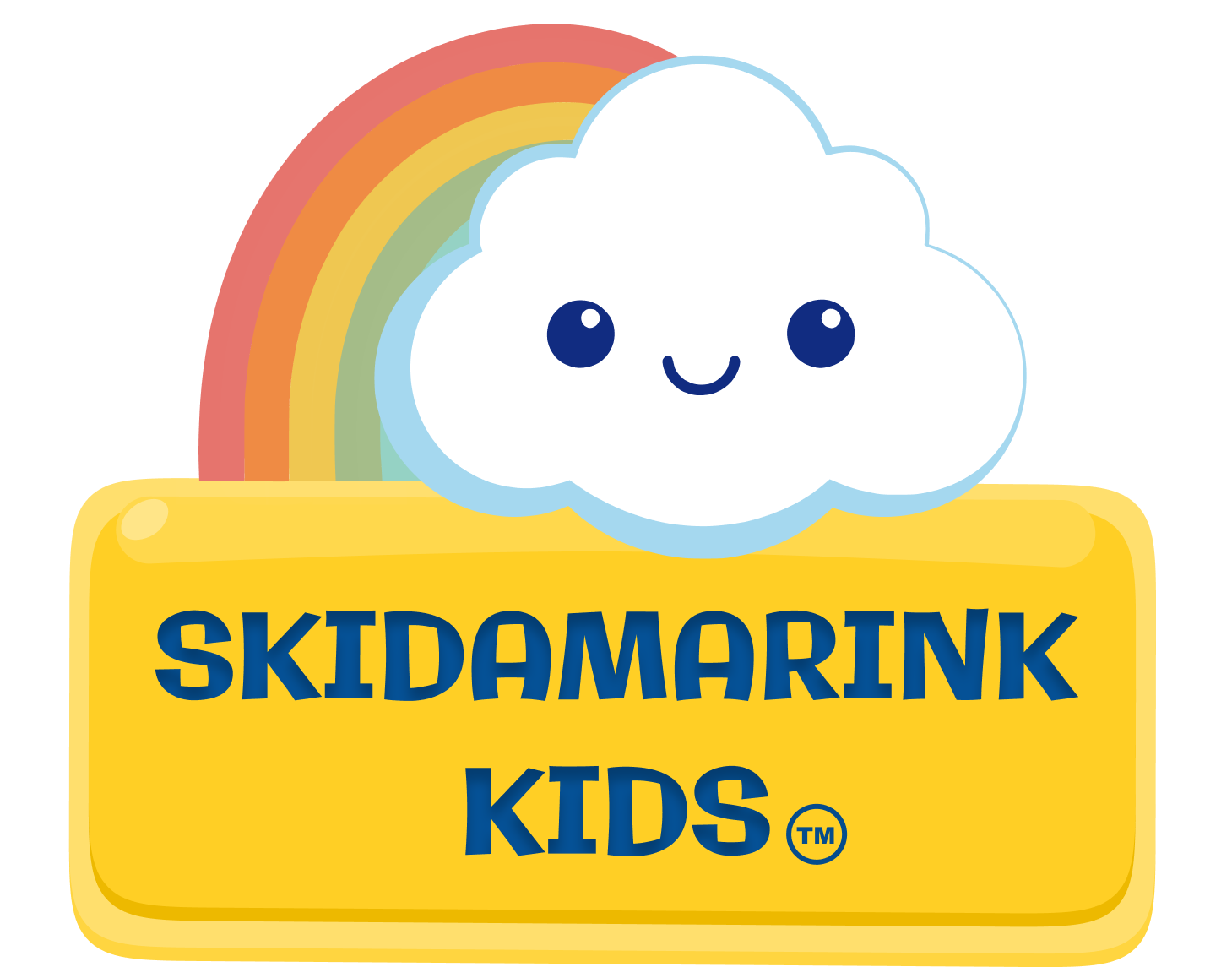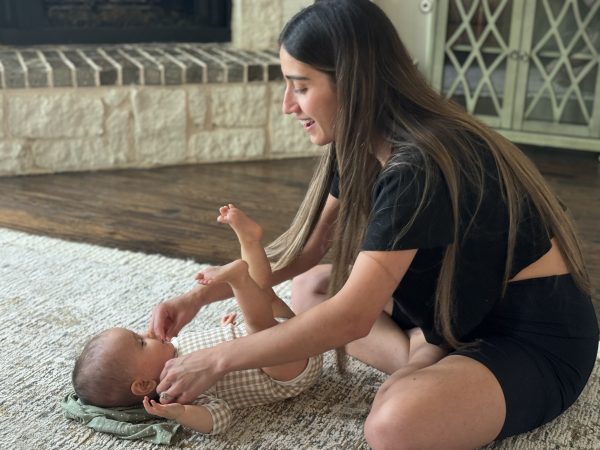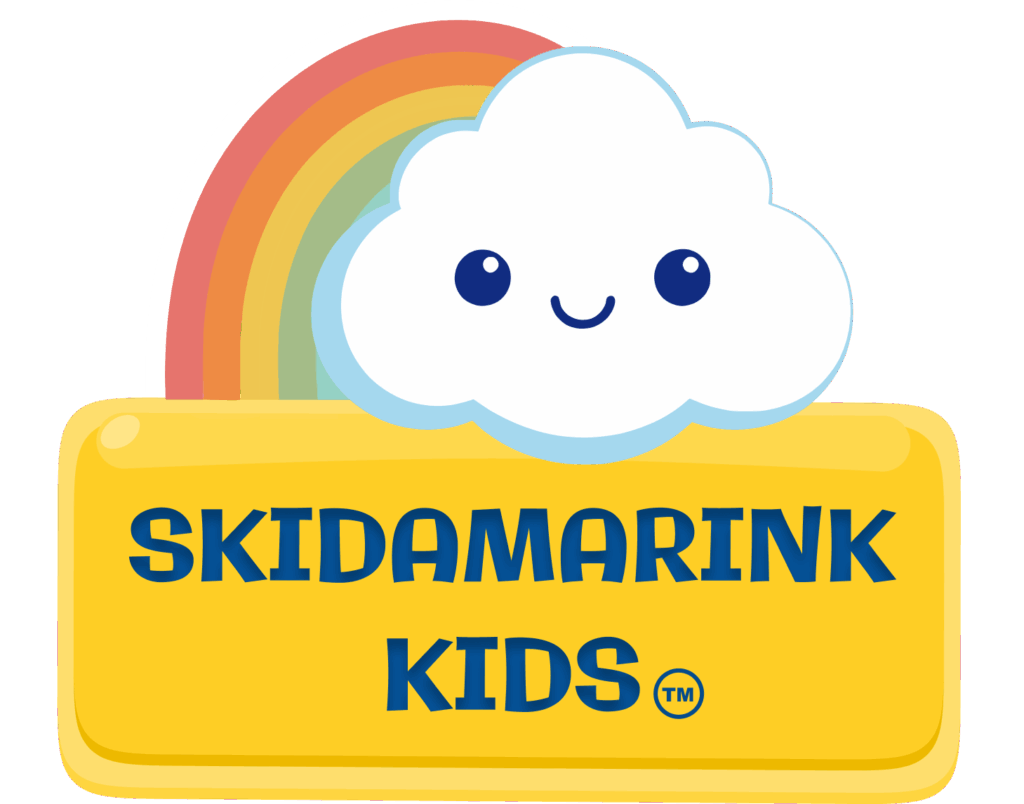Parent Child Bonding Through Eye Contact
Looking into your child’s eyes creates one of the most powerful bonds you’ll ever experience. From day one, kids naturally gravitate toward faces, especially eyes, as they start figuring out their world and the people in it. Understanding how parent child bonding develops through eye contact can strengthen your relationship from those early baby days right through the preschool years.
Making Eye Contact Meaningful
When your baby gazes up at you during feeding time or your toddler catches your eye from across the playground, they’re doing way more than just looking. They’re building important brain pathways for social skills, emotional intelligence, and communication. These moments of parent child bonding shape how your little one will connect with others throughout their life.
Here’s the thing: when we see these opportunities as precious moments instead of just cute interactions, everything changes. Instead of rushing through daily routines, we can slow down and really receive these beautiful connections our kids offer us. Every time your child looks into your eyes, they’re sharing their heart with you.
Why Eye Contact Matters for Parent Child Bonding
Research shows that meaningful eye contact between you and your child lays the foundation for healthy development. It supports everything else that comes after. During these sweet face-to-face moments, your child learns to read emotions, builds trust, and starts to understand how conversations work. Even before they can talk, kids use eye contact as their way to tell you what they need, share their excitement, or ask for comfort.
Here’s what’s really amazing: eye contact actually helps wire your child’s developing brain for relationships. When your child looks into your eyes and sees love, warmth, and safety looking back, they learn that people are good and relationships are trustworthy. This parent child bonding experience shapes how they’ll connect with others for their entire life.
Simple Ways to Encourage Parent Child Bonding
Here are some natural ways to create these connecting moments throughout your child’s development:
During feeding time. Whether you’re bottle or breastfeeding, hold your baby so you can easily see each other’s faces. These quiet moments are perfect for gentle parent child bonding without overwhelming your little one. Don’t worry if they gaze at you intensely and then look away. That’s totally normal! They’re just processing the interaction.
During diaper changes. Instead of just getting through the task, make it bonding time. Position yourself where your baby can easily see your face, and chat with them using gentle expressions and soft words. Many babies naturally make eye contact during these routine moments.
With toddlers and preschoolers. Get down to their eye level when they’re playing or talking to you. This simple move makes connection feel more natural and comfortable for them. Remember, young kids often make quick glances rather than long stares, and that’s perfectly fine! Never force it.
When your child does make eye contact, make it count! Respond with genuine warmth in your face and voice. Your positive response shows them that these moments are safe and rewarding. But here’s the important part: never demand or pressure eye contact. That can actually create anxiety and work against the parent child bonding you’re trying to build.
Follow Your Child’s Lead
Pay attention to what feels comfortable for your child when it comes to eye contact. Every kid is different! Some naturally love lots of eye contact while others prefer less. Following their lead builds trust and keeps these interactions positive.
Some babies love long gazes during feeding time, while others prefer quick peeks throughout the day. Some toddlers seek eye contact when they’re excited about something, while others mainly use it when they need comfort. Learning your child’s unique style helps you connect in ways that feel good to them.
Quality Beats Quantity Every Time
Remember, it’s way better to have a few genuine moments of connection than to force long periods of eye contact that feel awkward. Brief, real moments throughout the day can be more meaningful than anything forced. As your child grows, these positive experiences of parent child bonding will help them feel confident in social situations and build deeper relationships with others.
The goal isn’t perfect eye contact moments. Instead, focus on being present and responsive when natural opportunities pop up. When your child seeks your eyes, receive that gift with joy. When they look away, respect their need for space.
You’re Building Something Amazing
Creating meaningful connections isn’t about following strict rules or having perfect moments. It’s about building a foundation of trust and understanding that’ll serve your child throughout their life. When you’re present and responsive during natural opportunities for connection, you give them something incredible: the experience of being truly seen and valued.
Parent child bonding teaches children that they matter, that their feelings are important, and that relationships bring joy and comfort. These early lessons become the foundation for healthy relationships, strong confidence, and emotional intelligence that’ll benefit them forever.
Making Every Moment Count
The beautiful thing about parent child bonding is that it can happen anywhere, anytime. Whether you’re stuck in traffic (safely parked!), waiting at the doctor’s office, or just having a quiet moment at home, these opportunities are always there.
Remember, connection doesn’t need to be perfect. Kids love real interactions. Your tired smile at bedtime is just as meaningful as your energetic morning greeting. What matters is that you’re present, responsive, and genuinely engaging with them.
Every time you choose to put down your phone, look into your child’s eyes, and truly focus on them, you’re strengthening parent child bonding in ways that’ll pay off for years to come. Every moment is a chance to show them they’re loved, valued, and safe. Trust yourself to recognize these moments and respond with the love that comes naturally to you. Your child doesn’t need perfect technique. They need your genuine presence and warm response when they reach out to connect.
A Note From Kendra, Occupational Therapist
You can increase your child’s alertness level and eye contact through visual tracking exercises. Here’s a simple technique I use with families:
Start at eye level with your child, then slowly move upward in a gentle arc 2 to 3 feet above them while making silly noises or singing to capture their attention. You can also use toys that make noise, moving them slowly about 18 inches in front of your child from chest height to above their head. Then help them close their eyes as you return to the starting position. Repeat these steps 2 to 3 times, and practice 3 to 5 times throughout the day.
Many children I work with who are diagnosed with Autism show delays in tracking upward and have limited eye contact. Working on upward visual tracking to increase eye contact helps strengthen your bond. It also activates mirror neurons, which allows your child to develop empathy for others. This simple exercise supports connection, awareness, imitation of reading lips for speech development, and social-emotional development. Kids spend so much time looking downward these days with fine motor toys and electronics. This simple activity that also activates the vestibular system which is in the inner ear canal can have a profound effect on your child’s development.
Want to learn more about connecting with your little one? Our comprehensive guide on “Face to Face Interaction With Baby: Building Bonds” explores the specific benefits of visual bonding and daily opportunities for meaningful connection.








